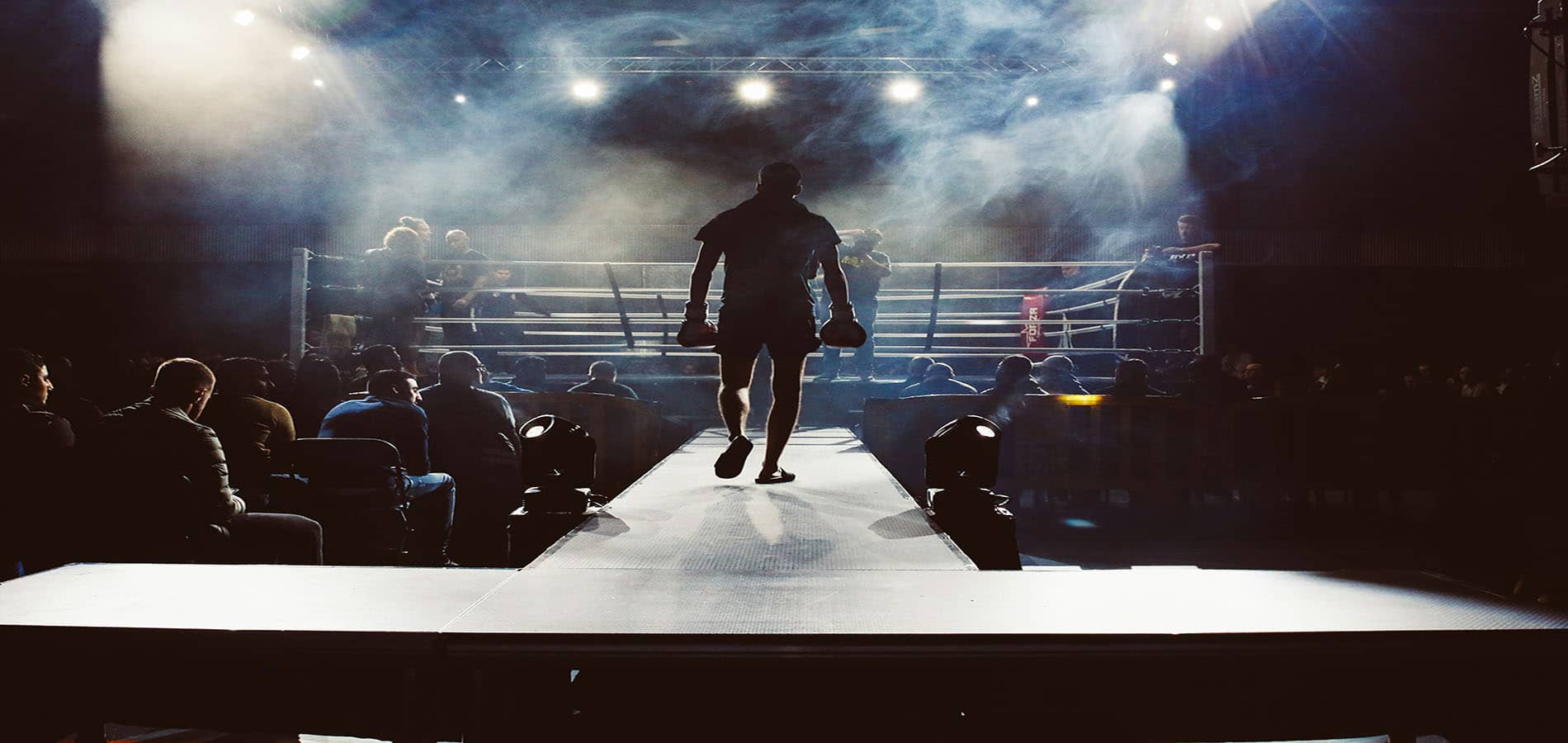This month, HeinOnline continues its Secrets of the Serial Set series by exploring the assassination of President John F. Kennedy and its resulting investigations.
Secrets of the Serial Set is an exciting and informative monthly blog series from HeinOnline dedicated to unveiling the wealth of American history found in the United States Congressional Serial Set. Join us each month to explore notable events in U.S. history using the primary sources themselves. Grab a seat and prepare to be blown away by what the Serial Set has to offer.
About the Serial Set
The United States Congressional Serial Set is considered an essential publication for studying American history. Spanning more than two centuries with more than 17,000 bound volumes, the records in this series include House and Senate documents, House and Senate reports, and much more. The Serial Set began publication in 1817 with the 15th Congress, 1st session. U.S. Congressional documents prior to 1817 are published as the American State Papers.
The Serial Set is an ongoing project in HeinOnline, with the goal of adding approximately four million pages each year until the archive is completed. View the current status of HeinOnline’s Serial Set project by clicking the button below.
The Assassination
A Trip to Dallas
In June of 1963, President John F. Kennedy, Vice President Lyndon B. Johnson, and Texas Governor John Connally discussed the possibility of a presidential visit to Texas. Kennedy and his Democratic party would benefit from such a visit for a variety of reasons, but primarily from boosting Kennedy’s campaign for reelection in November of the following year.
A few months later, it was publicly announced that the trip was scheduled for November 22, 1963. During the visit, Kennedy would embark on a late morning motorcade route through the city of Dallas, with his final destination being the Dallas Trade Mart for luncheon. Members of Kennedy’s Secret Service were the most active in planning his route, purposefully choosing a path which would provide crowds with maximum exposure to the president.
On the day of the ill-fated trip, Kennedy landed on Air Force One at the point of departure—Love Field in Dallas. At approximately 11:40 a.m., the presidential motorcade left the field in the following order: (1) an unmarked Ford hardtop, carrying Dallas police and Secret Service agents, (2) a Lincoln Continental convertible, carrying the President, the First Lady, Governor Connally, and Mrs. Connally, and (3) a Cadillac convertible carrying more Secret Service agents and Kennedy’s presidential aides. A number of vehicles followed, including the motorcade of Vice President Lyndon B. Johnson.
The Shooting
No one expected, however, that a man with a rifle was lying in wait at the top of the Texas School Book Depository, a seven-story building situated directly on the presidential route. The man was 24-year-old Lee Harvey Oswald—a former U.S. Marine, self-proclaimed Marxist, and previous defector to the Soviet Union.
At around 12:30 p.m., the Governor’s wife, Nelly Connally, turned to John F. Kennedy to say, “Mr. President, you can’t say Dallas doesn’t love you.” With what would be his final words, Kennedy replied, “No, you certainly can’t.” The presidential limousine turned left onto Elm Street, right underneath the Texas School Book Depository. The first shot was fired.
Kennedy was waving to the crowds as a bullet entered his back, exiting through his throat. According to later investigations, the same bullet struck Governor Connally, who was seated directly in front of the president. Another shot then hit Kennedy in the back of his head, mortally wounding him. The First Lady, according to multiple testimonies (but not her own), picked up the extraneous pieces of Kennedy’s skull, and attempted to keep the brains in. Secret Service Agent Clint Hill exited the car just behind them and jumped onto the back of the presidential limousine to shield its occupants. Read a portion of Jacqueline Kennedy’s emotional testimony below.
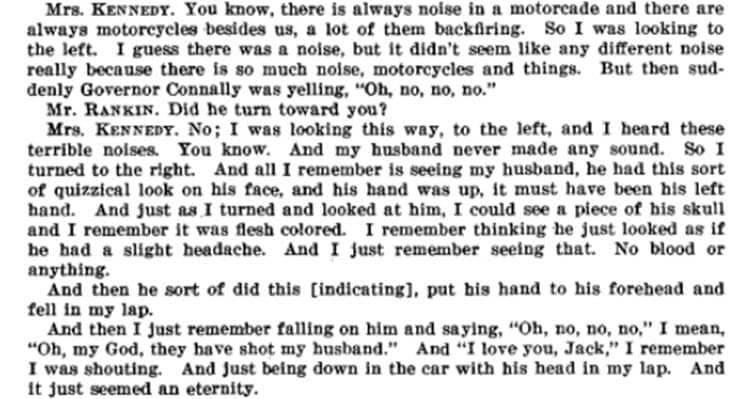
Though described by the First Lady as an “eternity,” in reality the event only lasted a few seconds. View the Zapruder Film—the most well-known recording of the assassination—below. Note: Viewer discretion is advised.
Kennedy and Governor Connally were immediately rushed to Parkland Hospital. The governor was taken to emergency surgery, but the Parkland trauma staff saw no chance of the president’s survival. Thirty minutes after the shooting began, John F. Kennedy was pronounced dead.
Oswald’s Arrest
Meanwhile, witness Howard Brennan notified police that he had been across the street from the Texas School Book Depository before and during the shooting. He had seen a man in a sixth-floor window of the depository just before the motorcade passed. After the first shot, he looked up to see the same man with a rifle, ready to fire again.
After the shooting, Oswald left the depository through the front, before police had a chance to seal off the building. He boarded a city bus and then a taxi to return home, but left only a few minutes later in different clothing. While walking through a nearby neighborhood, a police officer stopped Oswald for questioning because he matched a description of the “man in the window” which had been broadcast to police radios. Fifteen minutes after President Kennedy had been declared dead, Oswald fired a pistol at the inquisitive police officer, killing him with four shots.
Oswald continued on, ducking into the alcoves of various businesses before entering a showing at the Texas Theater. A store manager, Johnny Brewer, watched Oswald make his way down the street, concerned about his suspicious demeanor. He notified the theater, who subsequently called the police. Unsuspecting attendees to the matinee of Cry of Battle were interrupted when officers turned on the house lights just before 2:00 p.m. and arrested Oswald, who had been hidden in the back of the theater.
Aftermath of the Tragedy
At almost the same moment, President Kennedy’s body was transferred from Parkland Hospital to Air Force One, still parked on Love Field. Nearly 40 minutes later, Lyndon B. Johnson took the oath of office to become the newest U.S. president. Still dressed in her blood-spattered pink suit, former First Lady Jacqueline Kennedy stood by his side.
In the two days following the assassination, an autopsy was performed on the late president’s body and Oswald was interrogated by the Dallas Police. Oswald denied legal representation from multiple individuals, including from his brother Robert as well as H. Louis Nichols, President of the Dallas Bar Association. Instead, he demanded representation from either John Abt, chief counsel to the Communist Party USA, or lawyers from the American Civil Liberties Union.
However, Oswald never went to trial. While being escorted out of Dallas Police Headquarters two days after the assassination, Oswald was shot by local nightclub owner Jack Ruby. Two hours later, Lee Harvey Oswald was pronounced dead at the same hospital where President Kennedy had died a few days earlier.
Ensuing Investigations and Legislation
The Warren Commission
A week after the assassination, President Lyndon B. Johnson signed Executive Order 11130 to establish The President’s Commission on the Assassination of President Kennedy. Known unofficially as the Warren Commission after its chairman, Chief Justice Earl Warren, the Commission mandated the production of evidence and the attendance and testimony of key witnesses.
Presented to Johnson on September 24, 1964, the 888-page final report contained findings that would prove controversial and cause much speculation. Among several findings, the report’s main conclusion was that Lee Harvey Oswald fired the shots which killed President Kennedy, and that Jack Ruby killed Oswald two days later. According to the report, the Commission found no evidence that either Lee Harvey Oswald, Jack Ruby, or any federal, state, or local official was part of any conspiracy to assassinate the president or cover up the true story.
The Commission determined that, based on earwitness reports and key witness testimony, three shots in total were fired. One shot was theorized by the Commission to have entered through Kennedy’s neck, then exited to penetrate Governor Connally’s back, then exited to penetrate the governor’s arm, and finally exited to penetrate the governor’s thigh. This “single-bullet theory” requires that the one bullet passed through 15 layers of clothing, several layers of skin, about 15 inches of muscle tissue, took out a rib, and crushed a radius bone.
Another shot is theorized to have missed, and the third caused the massive, fatal wound to Kennedy’s head.
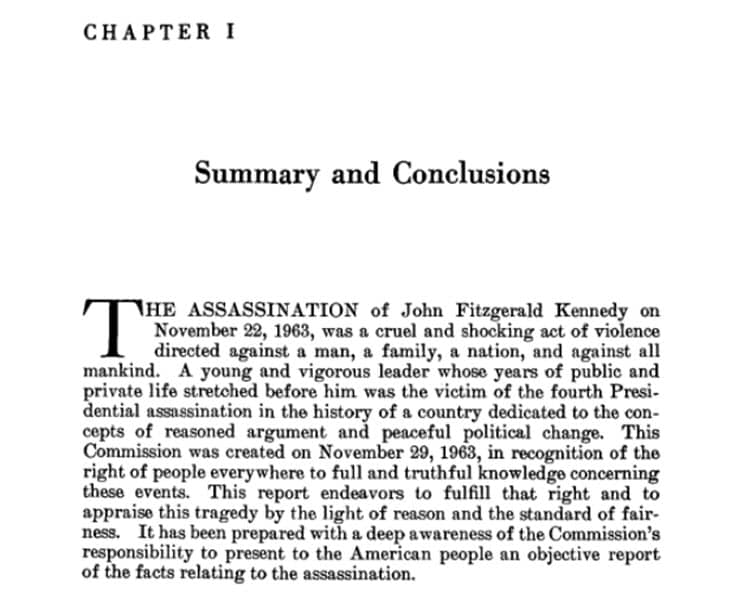
U.S. House Select Committee on Investigations
Skepticism about the findings from the Warren Commission continued to permeate the public and political arenas for several years after the report’s publication. Video of the assassination (shown above) was released to television in 1975, renewing interest in the case. In 1976, the U.S. House of Representatives established the Select Committee on Assassinations (HSCA) to investigate the assassinations of both John F. Kennedy and Martin Luther King, Jr. (1968). Read the final report of the committee.
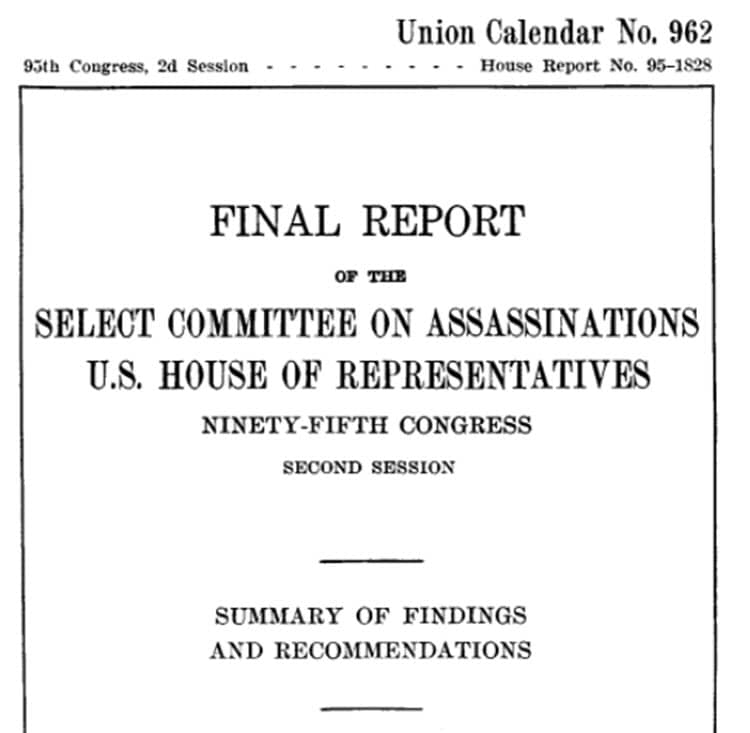
Regarding the Kennedy assassination, the HSCA agreed with the Warren Commission in its final report that Lee Harvey Oswald fired three shots, two of which struck the president (and the last of which killed him). However, scientific acoustic evidence led the Committee to believe it likely that there were at least two gunmen involved. On the basis of this and other evidence, the Committee further concluded that the Kennedy assassination was likely the result of a conspiracy. However, the HSCA did not find any evidence that the conspiracy was related to the Soviet government, Cuban government, anti-Castro Cuban groups, organized crime groups, or federal agencies such as the Secret Service, FBI, and CIA.
The John F. Kennedy Act of 1992
Public interest was sparked once again in 1992, with the release of the controversial film JFK. Congress responded to the film with the President John F. Kennedy Assassination Records Collection Act of 1992. The act directed the National Archives and Records Administration (NARA) to create a collection of all United States government documents relating to the president’s assassination, including any state or local law enforcement materials. Furthermore, the act required that each assassination record be made public no later than 25 years after the date of enactment, unless the President of the United States had reason to withhold the documents.
HeinOnline’s John F. Kennedy Assassination Collection
In October of 2017, President Donald Trump directed the National Archives to release materials previously withheld—a total of nearly 50,000 documents, including more than 19,000 additional documents with the latest release in April of 2018. Newly available information containing FBI, CIA, and other agency documents were released and made available to the public, though some documents remain classified until 2021. View HeinOnline’s organized and indexed collection of this material (as well as other related works, books, and hearings) in the John F. Kennedy Assassination Collection, complete with data visualization charts to allow the user a quick and easy way to locate documents by agency, document type, originator, and date.
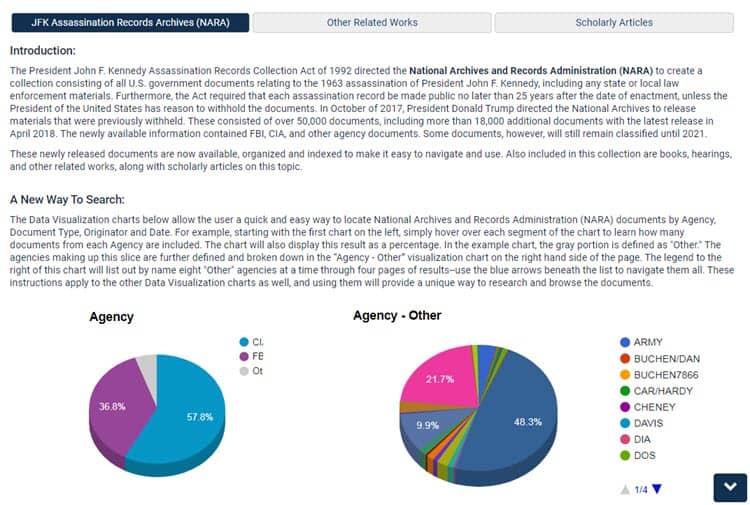
Help Us Complete the Project
If your library holds all or part of the Serial Set, and you are willing to assist us in completing this project, please contact Shannon Hein at 716-882-2600 or shein@wshein.com. HeinOnline would like to give a special thanks to the following libraries for their generous contributions which have resulted in the steady growth of HeinOnline’s U.S. Congressional Serial Set.
- Wayne State University
- University of Utah
- UC Hastings
- University of Montana
- Law Library of Louisiana
- George Washington University
We will continue to need help from the library community to complete this project. Download an Excel file listing the missing volumes of the Serial Set below:
Check back next month to unveil another secret of the U.S. Congressional Serial Set with HeinOnline. While you wait, catch up on previous Secrets of the Serial Set. Alternatively, learn more about how to use HeinOnline’s Serial Set with our in-depth LibGuide.
For more great content, connect with us on our social media platforms: Facebook, Twitter, Instagram, and YouTube.

